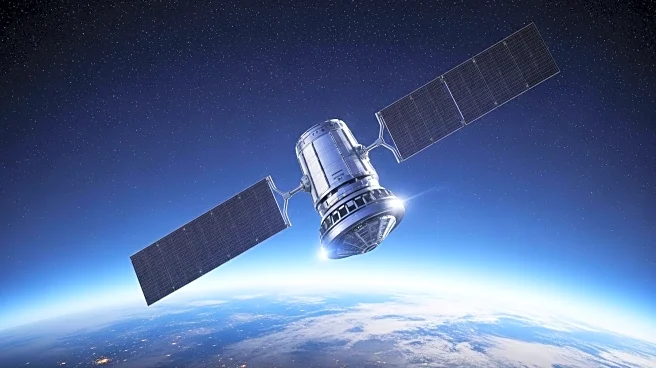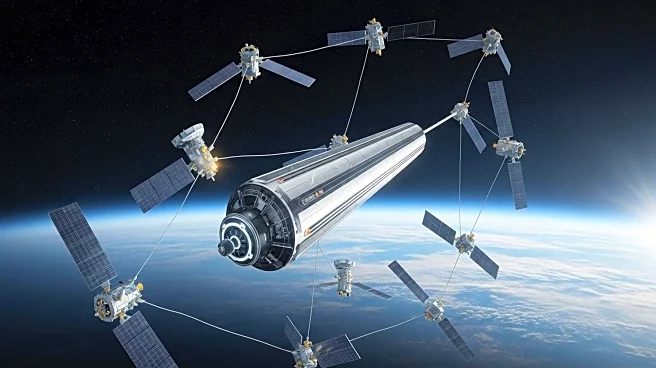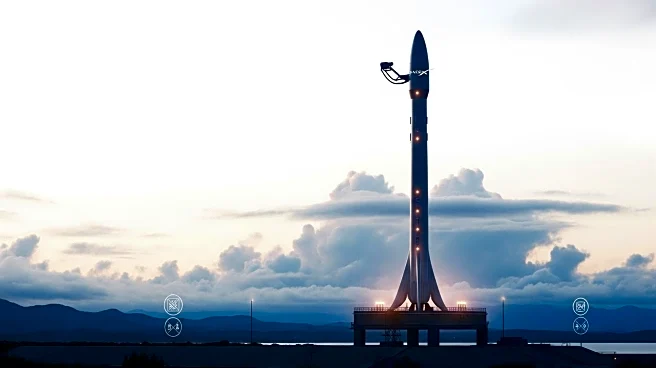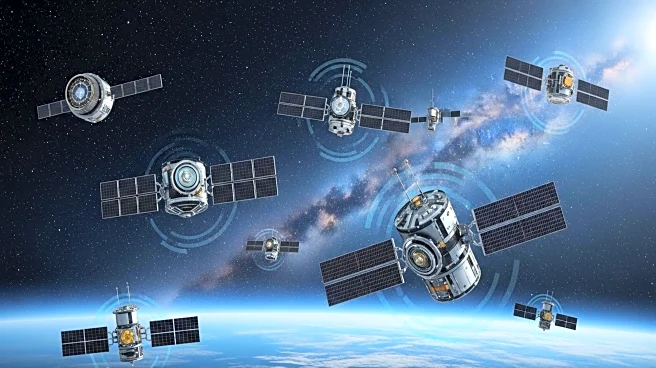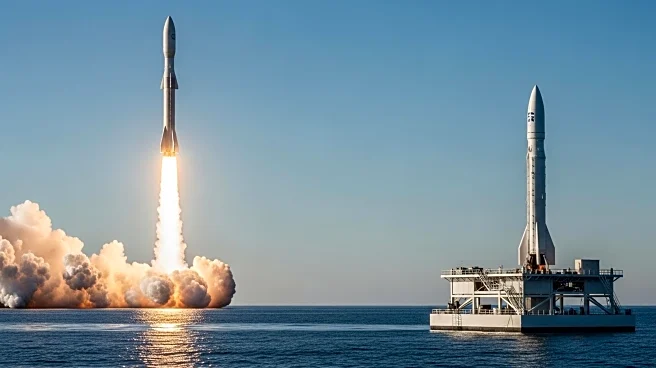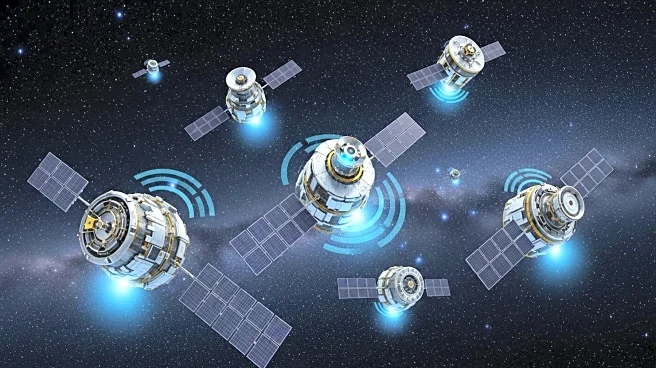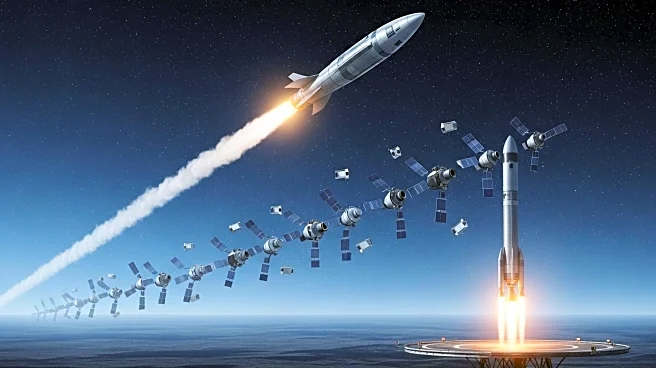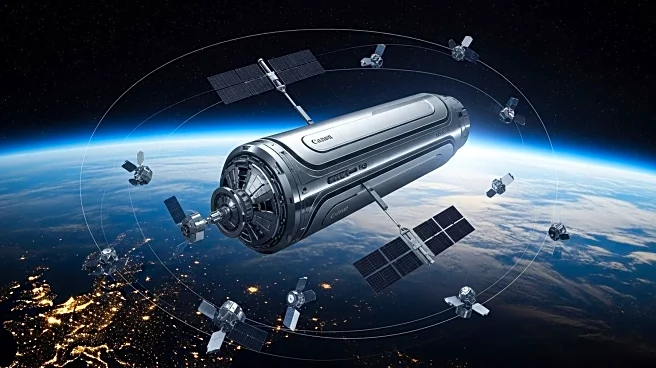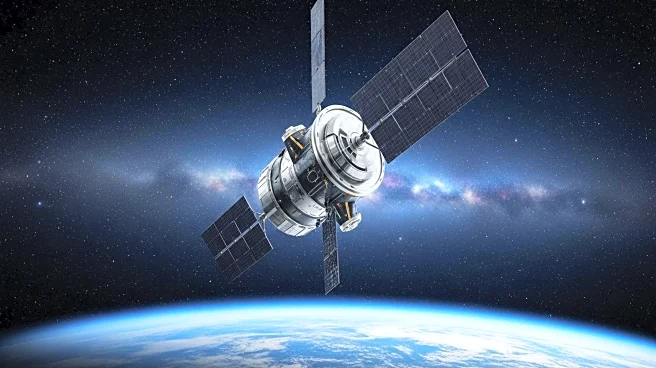What's Happening?
SpaceX successfully launched a Falcon 9 rocket carrying 28 Starlink satellites into low Earth orbit from Vandenberg Space Force Base in California. The launch took place at 10:04 p.m. EDT on September 28, 2025. The mission marks the 124th Falcon 9 launch of the year and contributes to SpaceX's growing Starlink megaconstellation, which now includes over 8,500 active satellites. The first stage of the Falcon 9 rocket, known as Booster 1063, completed its 28th flight and successfully landed on the droneship 'Of Course I Still Love You' in the Pacific Ocean. This launch is part of SpaceX's ongoing efforts to provide global broadband internet coverage through its Starlink network.
Why It's Important?
The expansion of the Starlink satellite network is significant for global internet accessibility, particularly in remote and underserved areas. By increasing the number of satellites in orbit, SpaceX aims to enhance internet connectivity and reduce latency, offering a viable alternative to traditional internet service providers. This development is crucial for bridging the digital divide and providing reliable internet access to regions lacking infrastructure. Additionally, the successful reuse of the Falcon 9 booster highlights SpaceX's commitment to cost-effective and sustainable space operations, potentially lowering the cost of future launches and making space more accessible for various industries.
What's Next?
SpaceX is expected to continue its aggressive launch schedule to further expand the Starlink constellation. As more satellites are deployed, the company will likely focus on improving service quality and expanding coverage areas. Regulatory approvals and partnerships with governments and telecommunications companies may also play a role in the network's expansion. The success of Starlink could influence other companies to pursue similar satellite internet projects, potentially leading to increased competition and innovation in the space-based internet sector.

